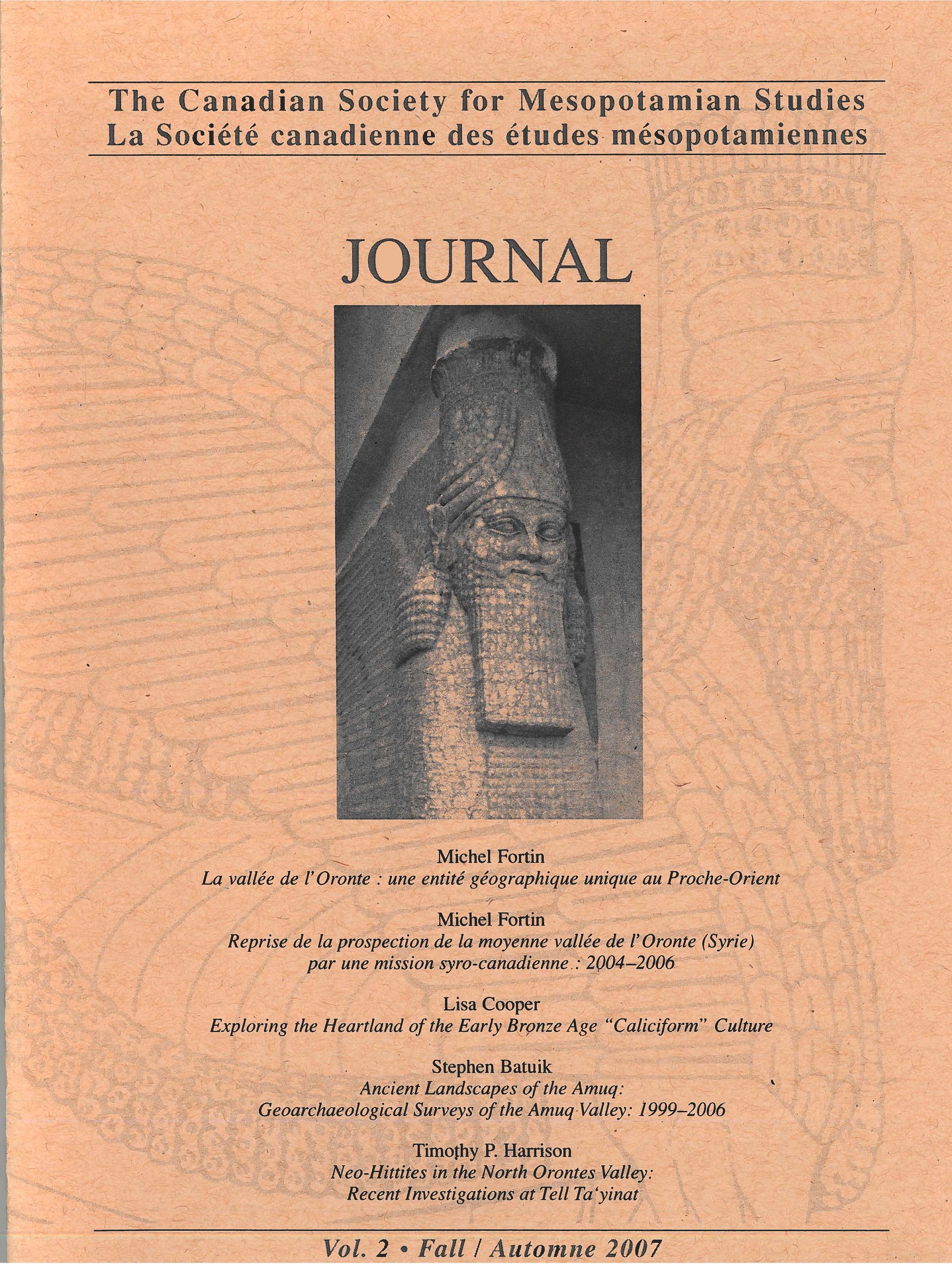Abstract
Using a combination of technologies including surface sherd collecting, magnetometry, core samples and Corona Satellite photographs, the Amuq Valley Regional Project (AVRP), led by researchers from the University of Toronto, the University of Chicago and Mustafa Kemal Univeristy, Antakya, have undertaken a geo-archaeological survey and analysis of a 30 x 30 kilometre area of the Amuq Plaines stretching from north-western Syria and into south-eastern Turkey. The goal of the project is to put into proper geo-archaeological context the changes in the landscape and the use of this landscape over time. To date, results of research carried out by the AVRP indicate that from the Chalcolithic through the Bronze and Iron Ages tell-based settlement hierarchies dominated the region, but in the Seleucid and subsequent periods occupation was dispersed into small villages, hamlets and farmsteads. An increase in the number of settlements led to environmental degradation and deforestation of the region. This continued into the 1st millennium AD causing significant soil loss which resulted in several metres of silt being deposited in the Amuq Valley. Layers of silt, up to three metres thick, have been detected in the Amuq Valley including the Lower Town at Tell Ta'yinat.
Publication Type
- Article



